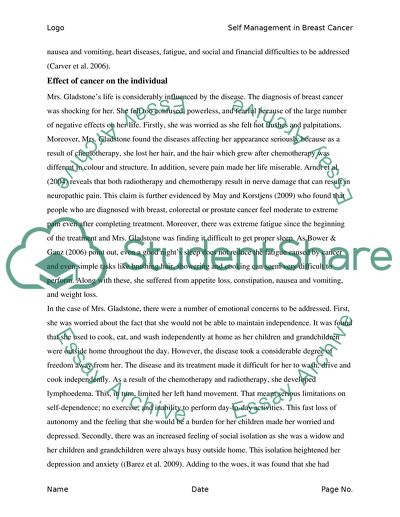Cite this document
(“Care Provision in Long Term Conditions Essay Example | Topics and Well Written Essays - 1750 words”, n.d.)
Care Provision in Long Term Conditions Essay Example | Topics and Well Written Essays - 1750 words. Retrieved from https://studentshare.org/nursing/1631766-care-provision-in-long-term-conditions
Care Provision in Long Term Conditions Essay Example | Topics and Well Written Essays - 1750 words. Retrieved from https://studentshare.org/nursing/1631766-care-provision-in-long-term-conditions
(Care Provision in Long Term Conditions Essay Example | Topics and Well Written Essays - 1750 Words)
Care Provision in Long Term Conditions Essay Example | Topics and Well Written Essays - 1750 Words. https://studentshare.org/nursing/1631766-care-provision-in-long-term-conditions.
Care Provision in Long Term Conditions Essay Example | Topics and Well Written Essays - 1750 Words. https://studentshare.org/nursing/1631766-care-provision-in-long-term-conditions.
“Care Provision in Long Term Conditions Essay Example | Topics and Well Written Essays - 1750 Words”, n.d. https://studentshare.org/nursing/1631766-care-provision-in-long-term-conditions.


